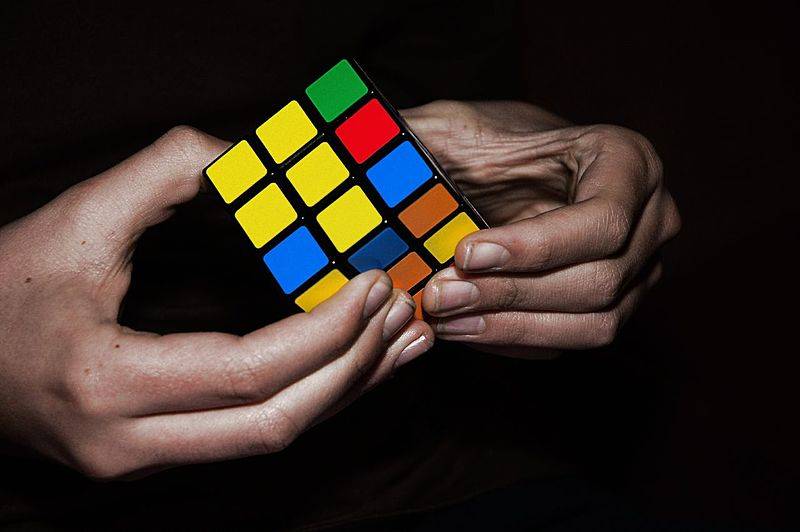Rubik’s Cube is the most renowned and an iconic 3-D combinatorial puzzle of all time. This multi-coloured puzzle was invented in 1974 by Hungarian sculptor and professor of architecture Ernő Rubik. This puzzle is the bestselling toy of all time with over 350 million Rubik’s cubes having been sold worldwide. Along with that it has won “Toy of the Year” in 1980 and 1981 and has combined total of over 43 quintillion different possible configurations to solve it.
On 10 November 2016,this iconic puzzle lost its key trademark battle after 10years of long legal scuffle. European court of justice (ECJ) struck down the trademark of Rubik’s cube which was owned by a company. ECJ said its shape was not sufficient enough to grant it protection from copycat versions. The trademark was a three dimensional EU trademark on the shape of the cube which was registered by an UK company Seven Towers, which manages Rubik’s Cube intellectual property rights in April 1999.
The case was brought by the German firm Simba in 2006 which contended that the design which features moving parts should be protected by patent and not by trademark. Simba was defeated at European Union Intellectual Property Office (EUIPO) which permitted the trademark of Rubik’s cube at lower EU court, but won at the higher court. Soon people could expect to see huge number of lower-priced Rubik’s cubes in the markets.The ECJ thus set aside the judgement of the General Court and annulled the EUIPO decision which confirmed the registration of the shape of the Rubik’s Cube as an EU trademark.
The Rubik’s Brand UK President David Kremer conveyed his disappointment over the decision saying that it would cause huge damage to his business which is striving to improvise and create strong brands and distinctive marks within the EU. But Rubik brand still maintains other rights, including other trademarks and copyright which will ensure its exclusivity.
This decision emphasizes the law that trademark registrations should not be used to obtain a perpetual monopoly on technical solutions or functional characteristics of products.The court has managed to strike the right balance between intellectual property rights protections and innovation and product development.
Source : 1
Authored By- Smriti S. Naik
Image Source/ Attribution here. Governed By Creative Commons License CC BY– SA 2.0



